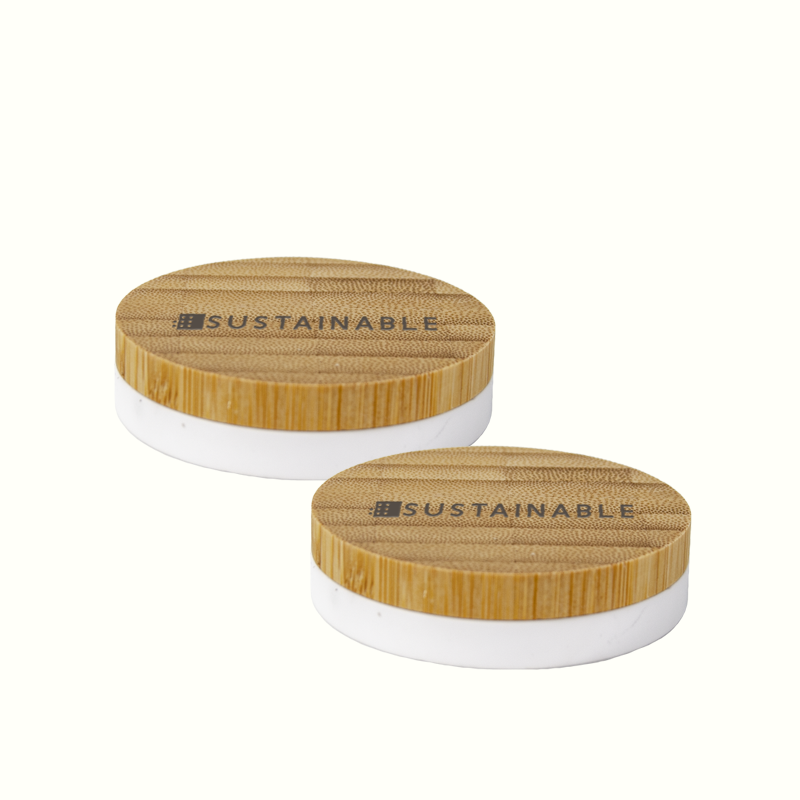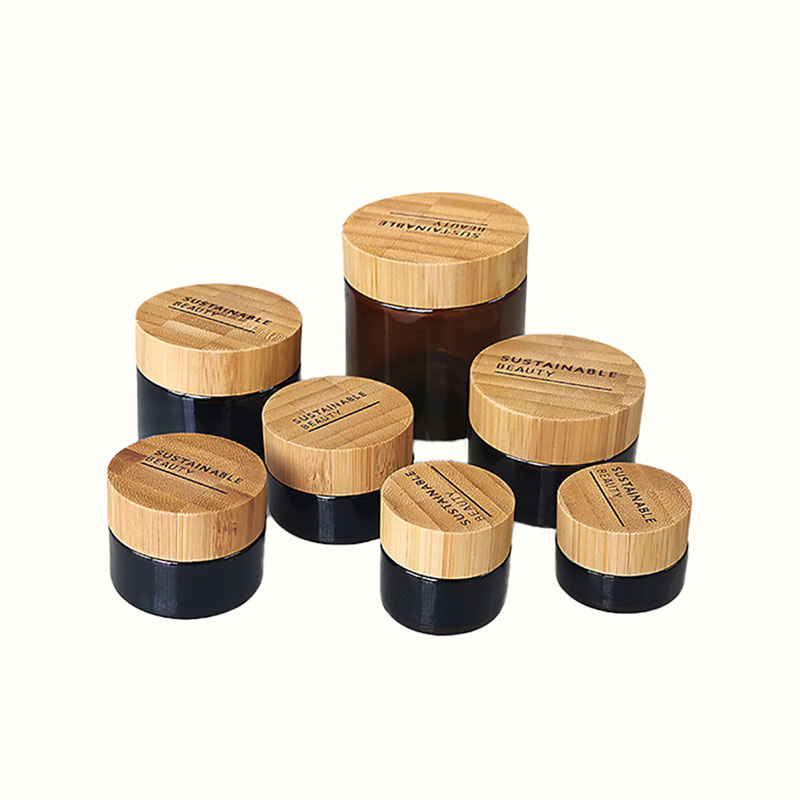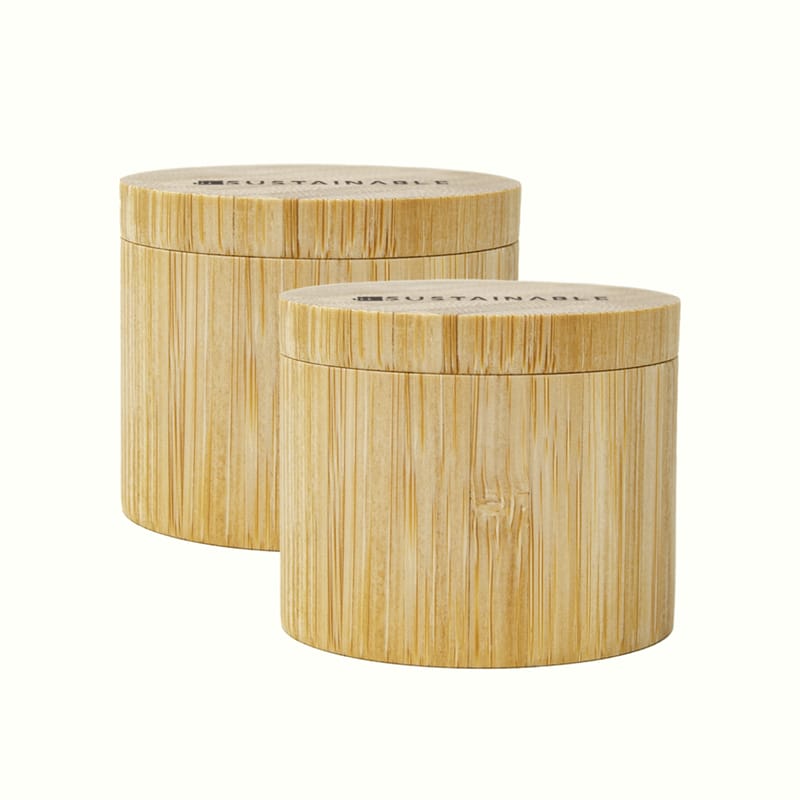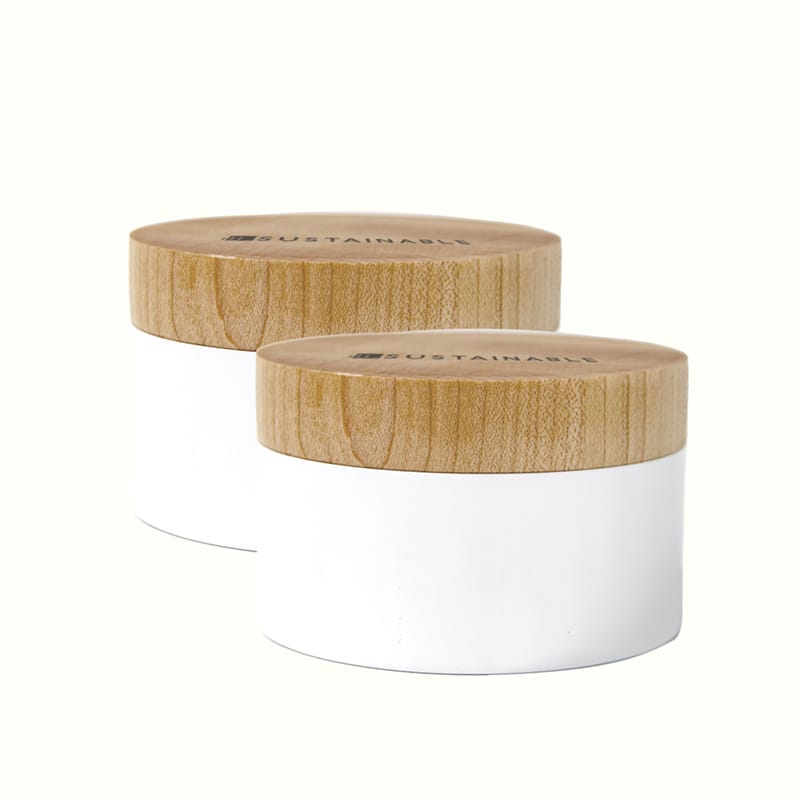New Delivery for Fancy Makeup Packaging - Refillable Bamboo+Ceramic Compact Powder Packaging – YiCai
New Delivery for Fancy Makeup Packaging - Refillable Bamboo+Ceramic Compact Powder Packaging – YiCai Detail:
Shapes and Design:
Bamboo itself has a fresh and natural color, elegant tones, and straight bamboo texture. Ceramics are full of variety colors and textures. The colors of ceramics can be customized in various ways, and different patterns can be customized through 3D or other techniques. Cosmetic packaging materials bring unique innovations, and the texture of the products is more high-end. The delicate treatment of the outer surface of the bamboo tube and the precise size achieve seamless connection, reflecting the quality from the details. Bamboo+ceramic series We have made a series of cosmetic packaging, including lipstick, mascara, lip glaze, powder case, cream jar, eye shadow box, etc., and meet your different customized needs.
Features
Replaceable, Recycle, and Reuse sturctures
Unlike other materials, ceramic is totally environmentally-friendly. An ecological option which offers an alternative against materials such as the plastic that fills our oceans, vinyl and laminate flooring that may be a VOC focal point or some types of wood using formaldehyde.
Waste ceramic as low cost and eco-friendly materials in the production of sustainable mortars.
Since clay is derived from the earth it is also one of the most natural materials. Compared with paper and plastic, ceramic is rarely tossed into the garbage, but once in the landfill it returns to the earth and is more benign to the environment.
Ceramics are very attractive in terms of texture and aesthetics. At the same time, they can be designed in different shapes and appearance effects. With the natural material of bamboo products, it brings a new high-end sense to the product.
The structure of the product is refillable, and it is sustainable and environmentally friendly from materials to use, disposal, and recycling.
Product detail pictures:






Related Product Guide:
eco-friendly packaging is becoming increasingly important as we look for ways to reduce our environmental impact. There are many different types of eco-friendly packaging materials available, including recycled cardboard, biodegradable plastics, and even mushroom packaging that is made from agricultural waste. Switching to eco-friendly packaging can help reduce waste and decrease the amount of harmful chemicals released into the environment. New Delivery for Fancy Makeup Packaging - Refillable Bamboo+Ceramic Compact Powder Packaging – YiCai, The product will supply to all over the world, such as: New Zealand, Kuala Lumpur, Singapore, There are a number of environmental problems caused by human activities, such as climate change, deforestation, pollution, and biodiversity loss. Climate change is one of the most pressing issues, as it is causing rising global temperatures, changing weather patterns, and rising sea levels. Deforestation is also a critical problem, as it has serious consequences for wildlife habitat, soil erosion, and carbon sequestration. Pollution is another major issue, as it can harm human health, wildlife, and the environment. Biodiversity loss is also a concern, as it can lead to the extinction of species and disrupt ecosystems. Addressing these problems requires collective action to reduce greenhouse gas emissions, protect natural habitats, reduce pollution, and promote sustainable practices.
The customer service reprersentative explained very detailed, service attitude is very good, reply is very timely and comprehensive, a happy communication! We hope to have a opportunity to cooperate.









